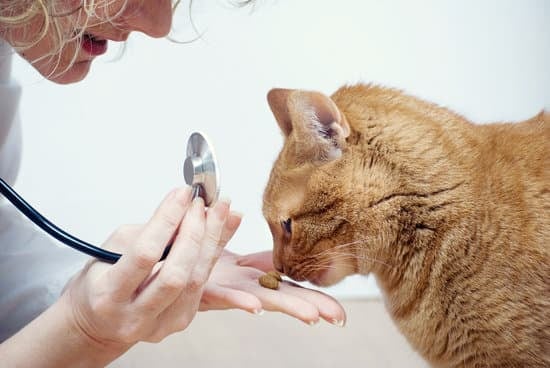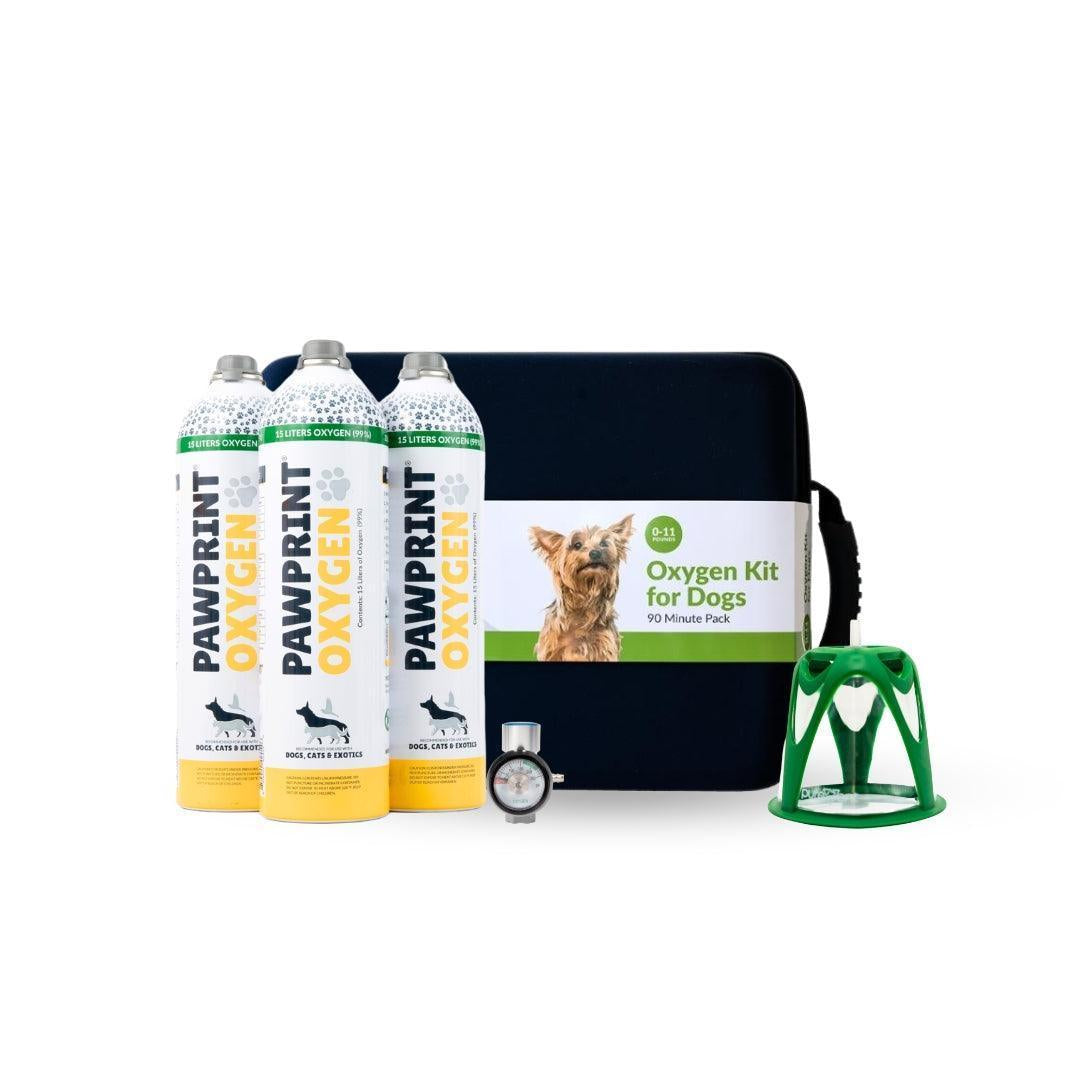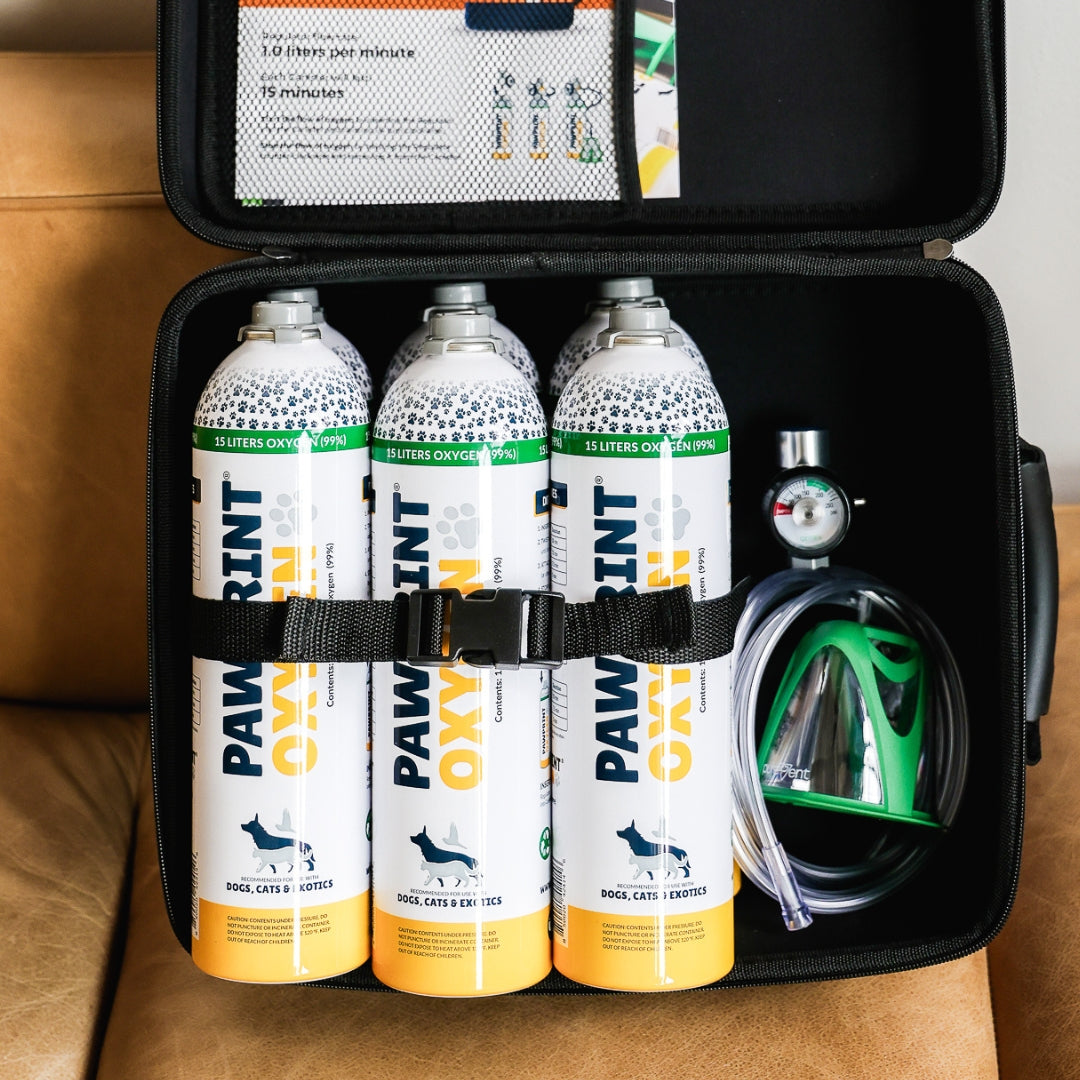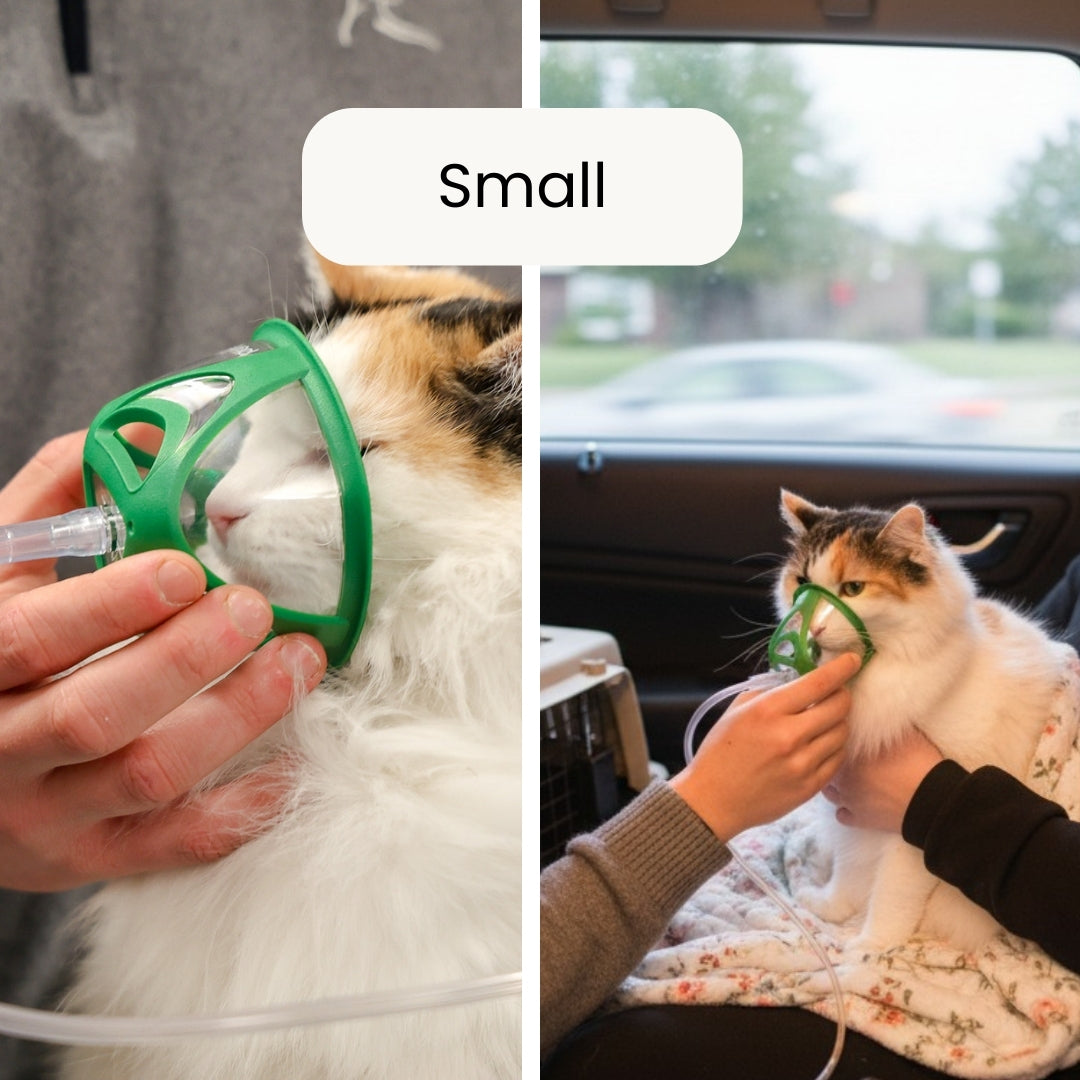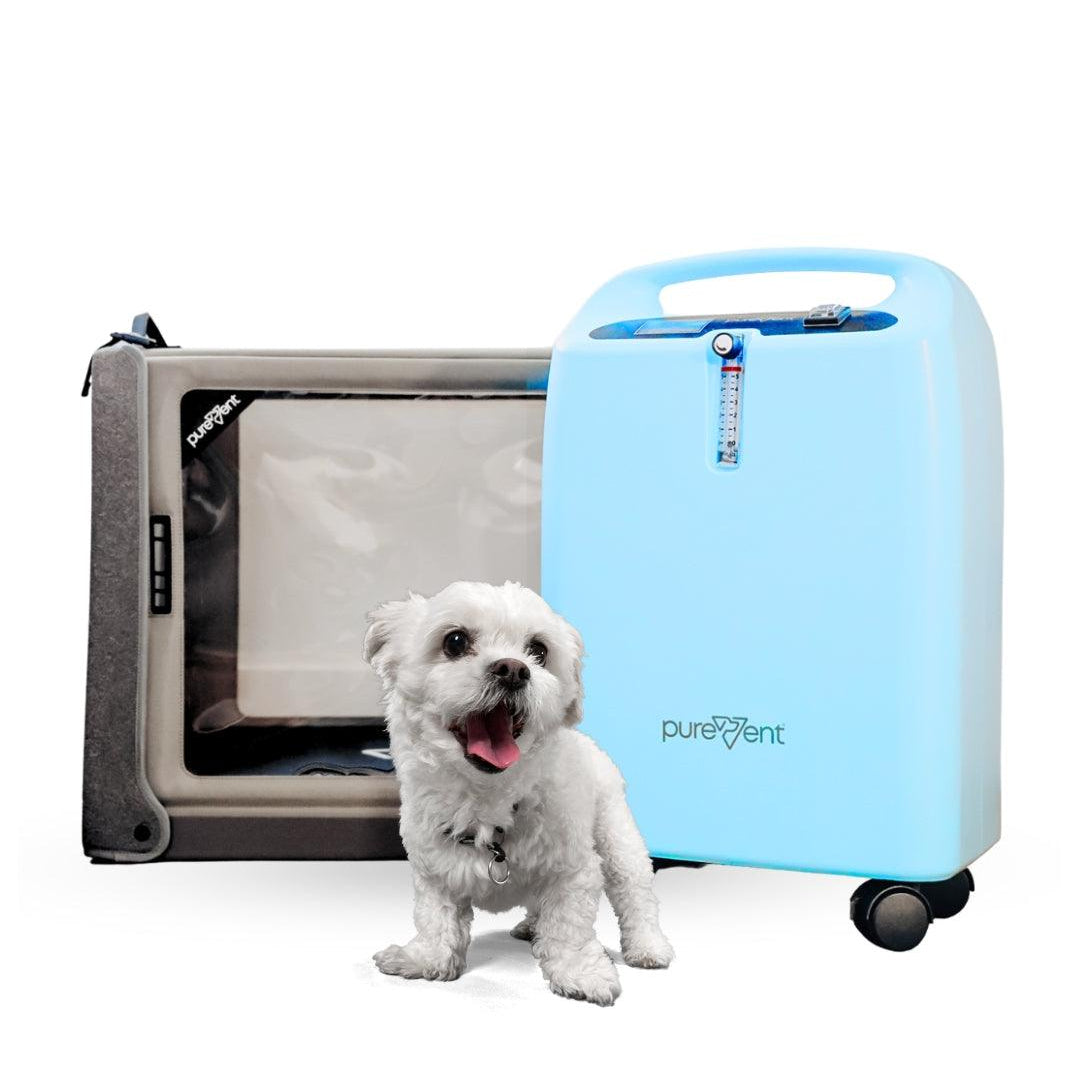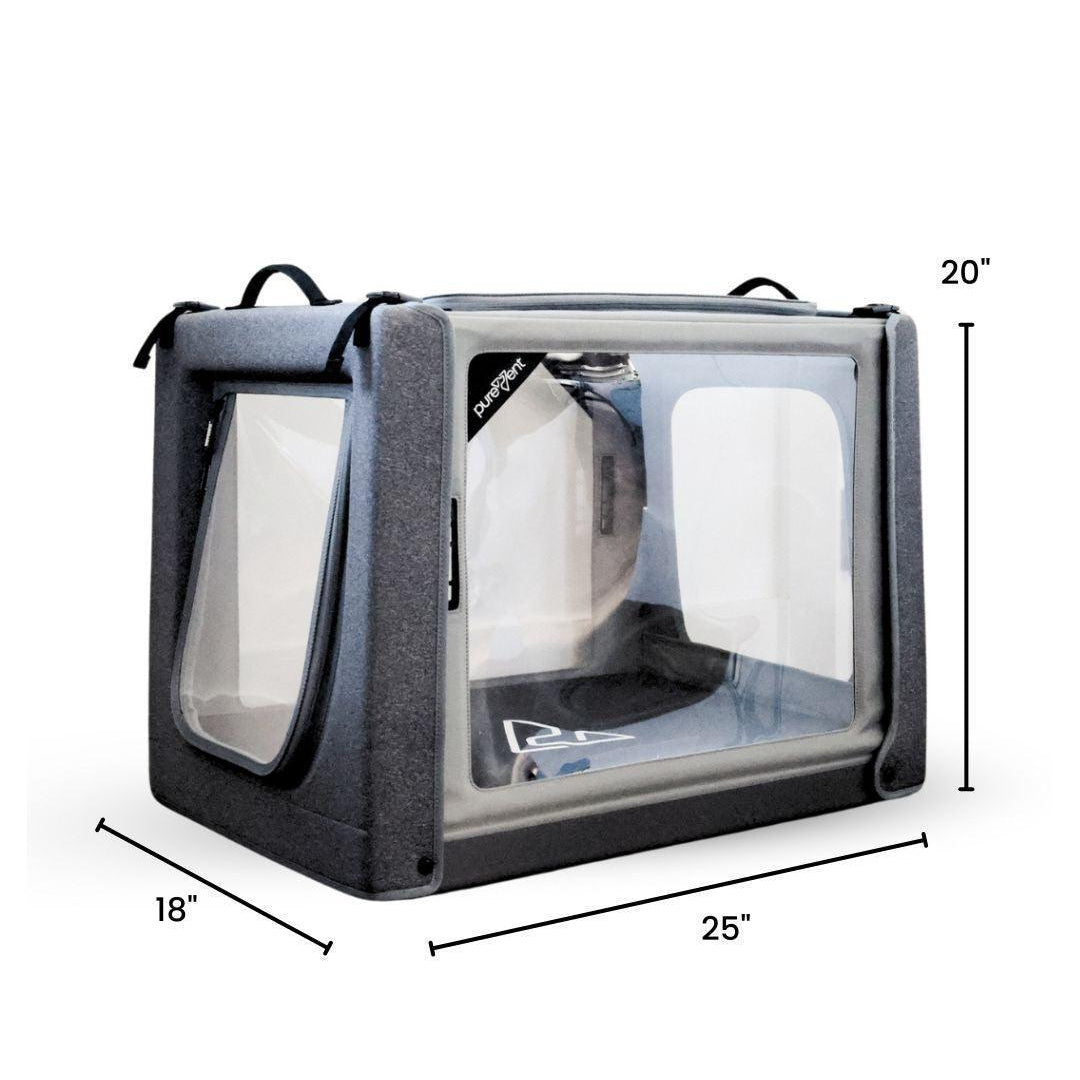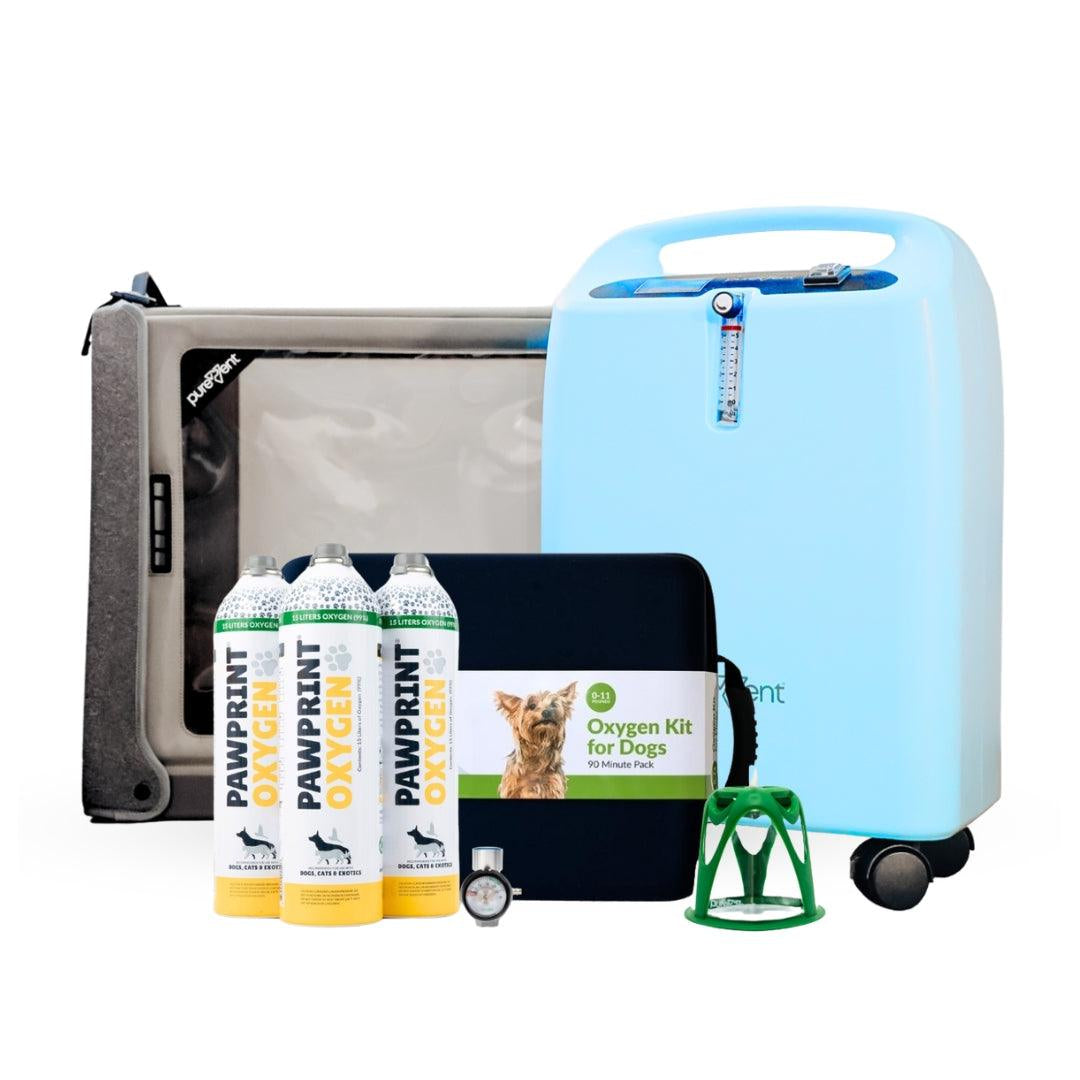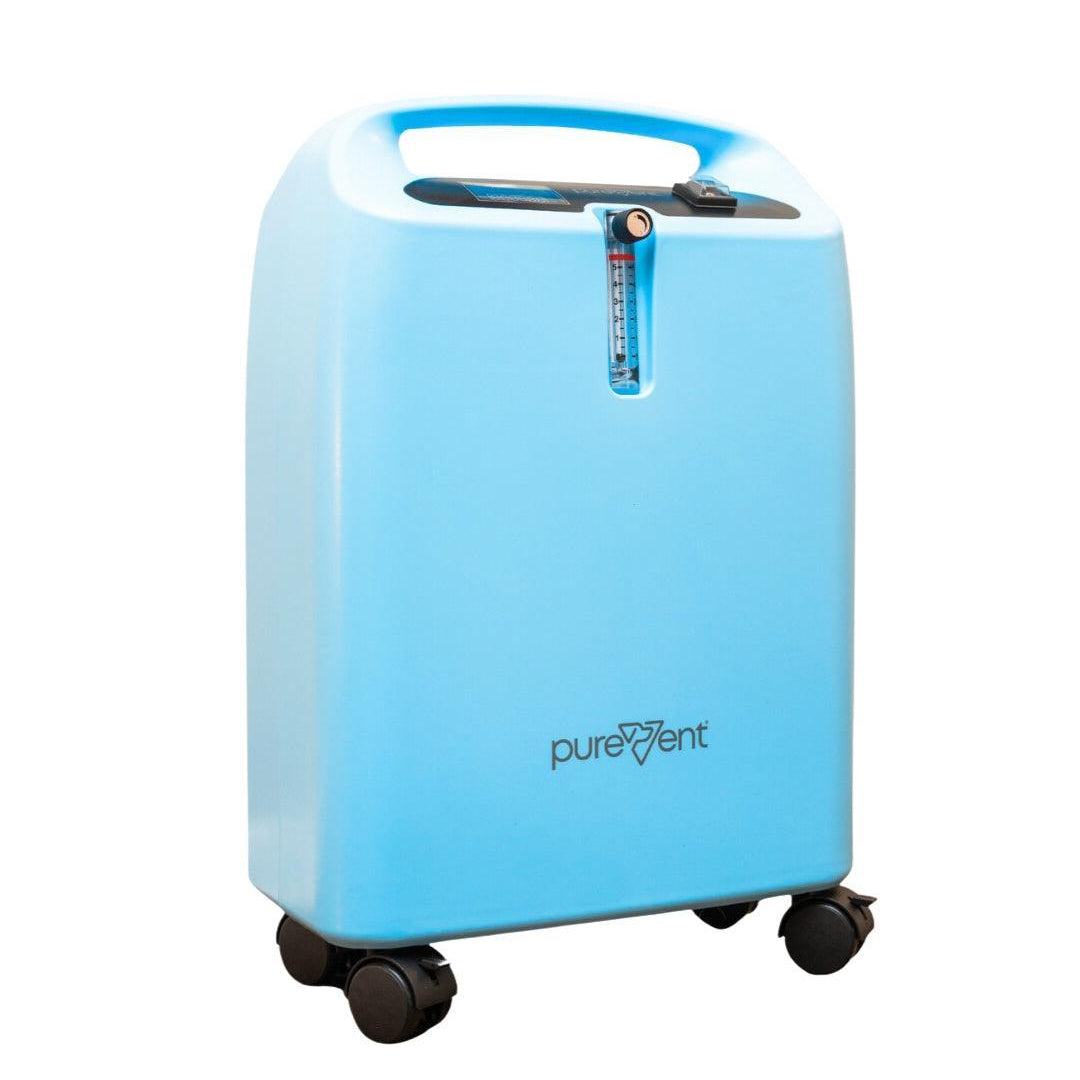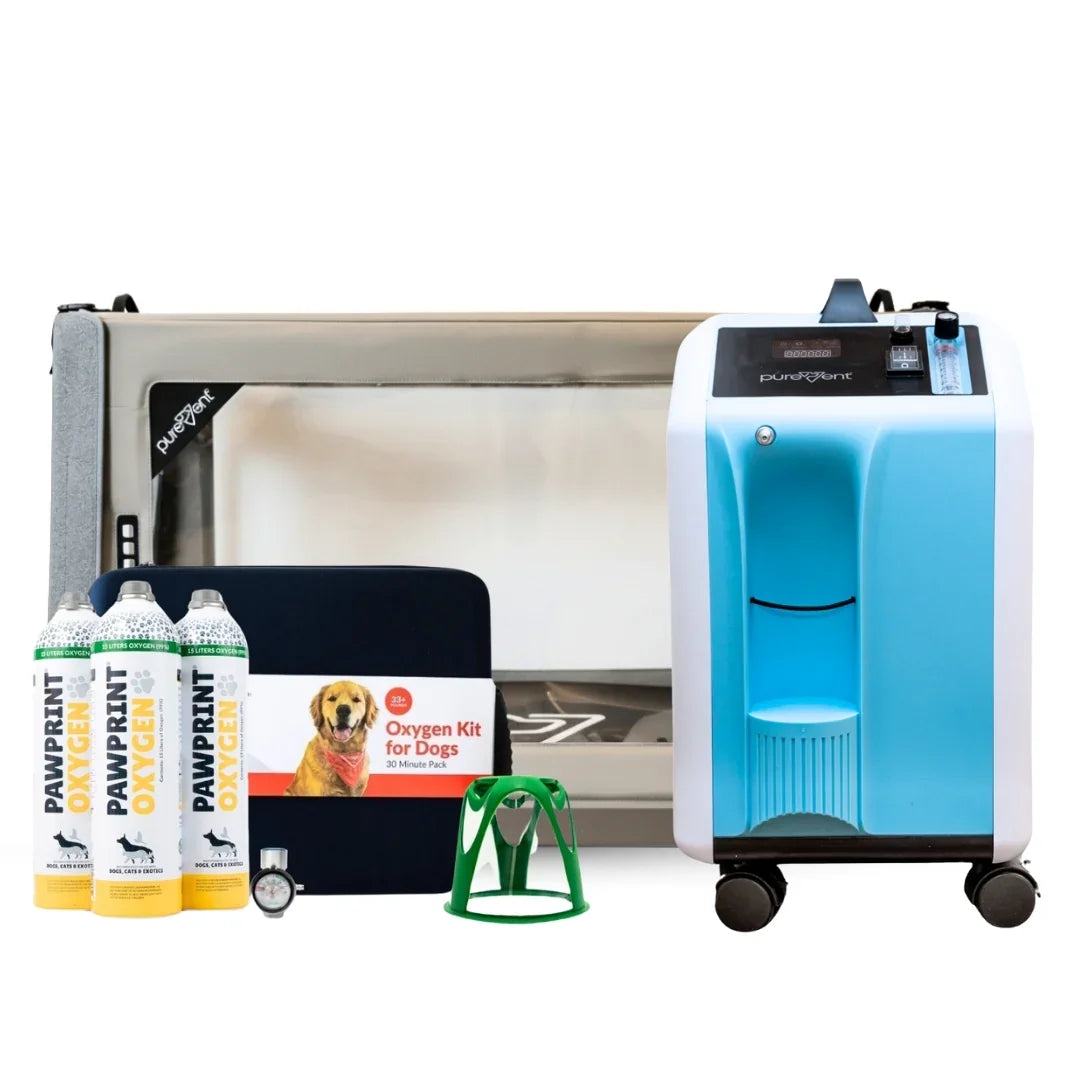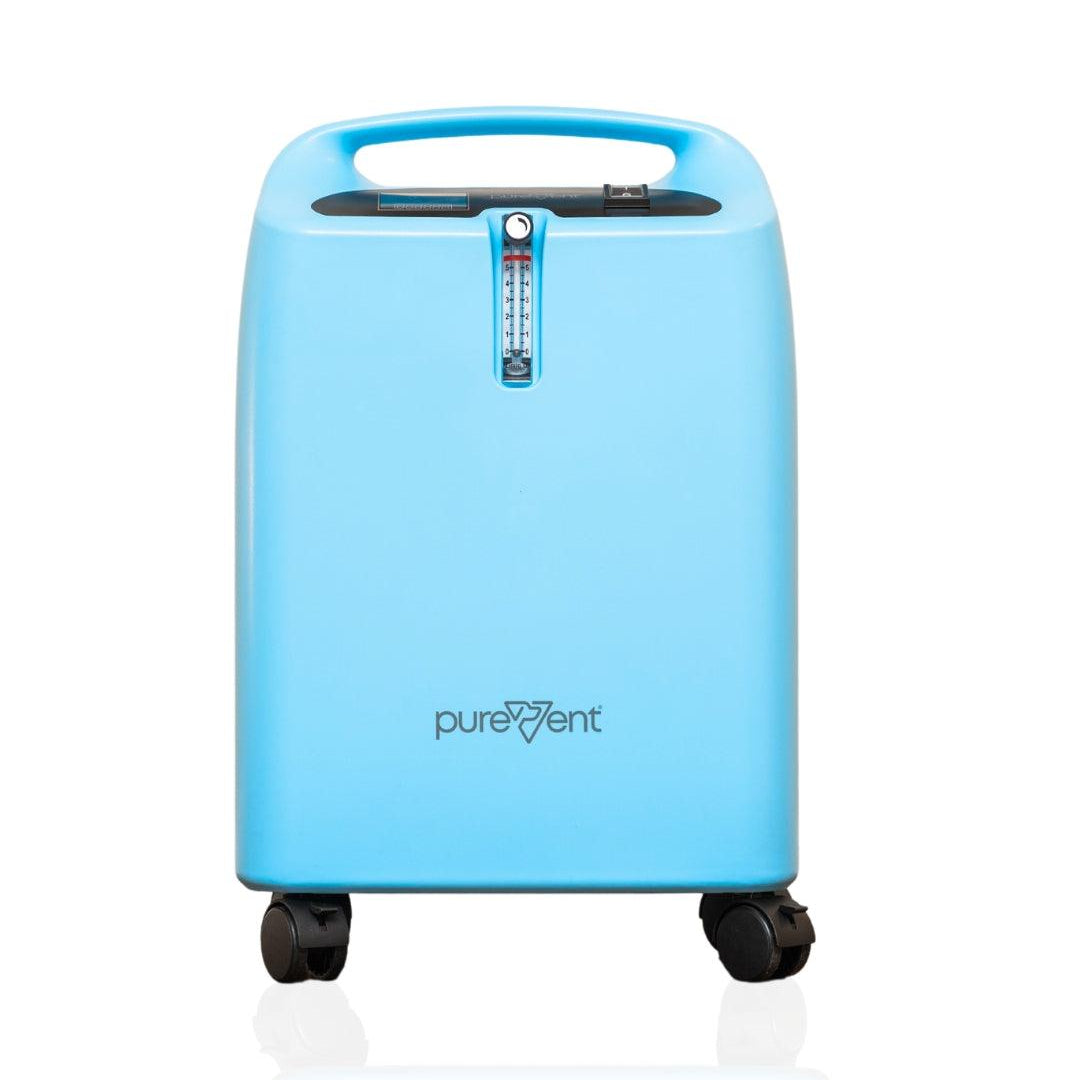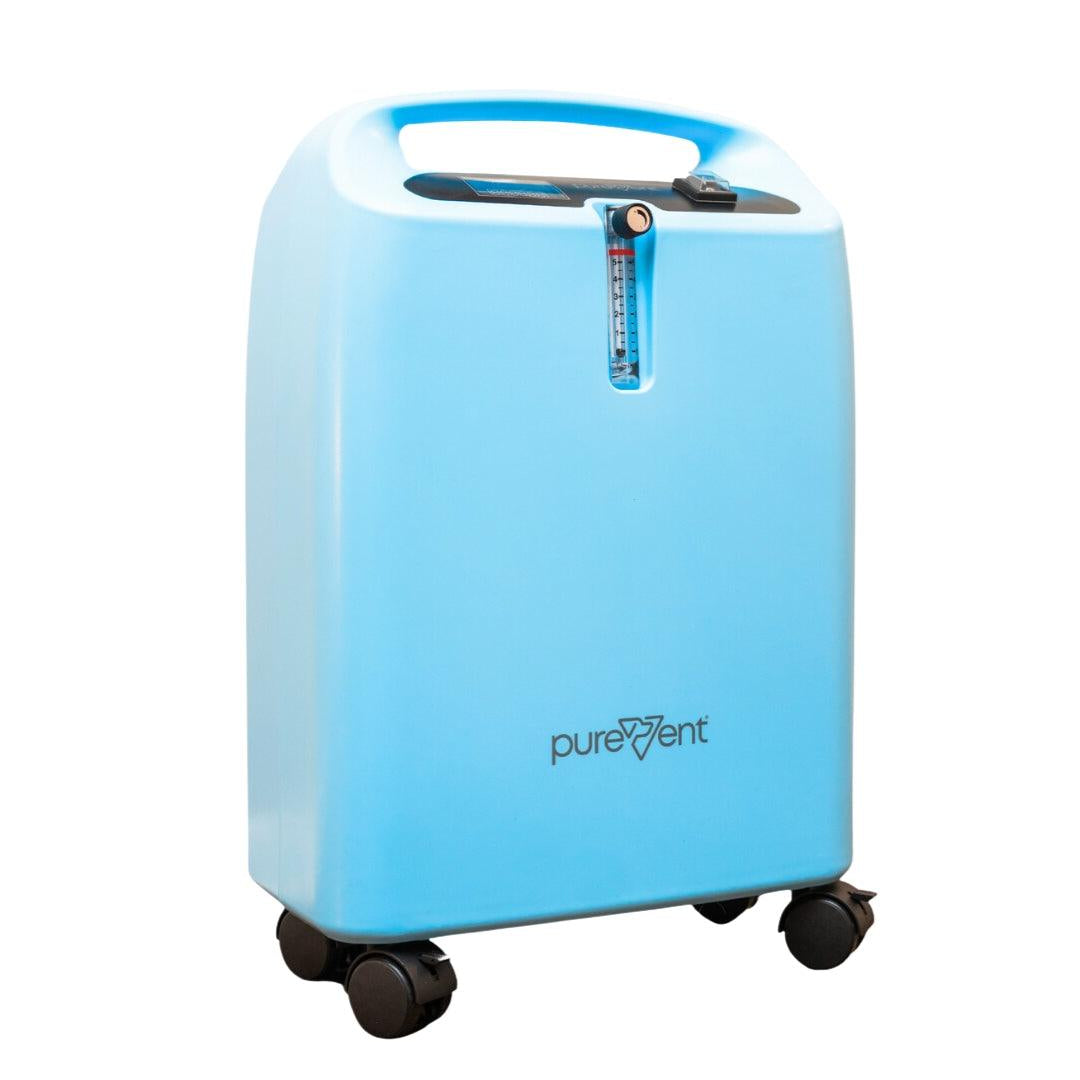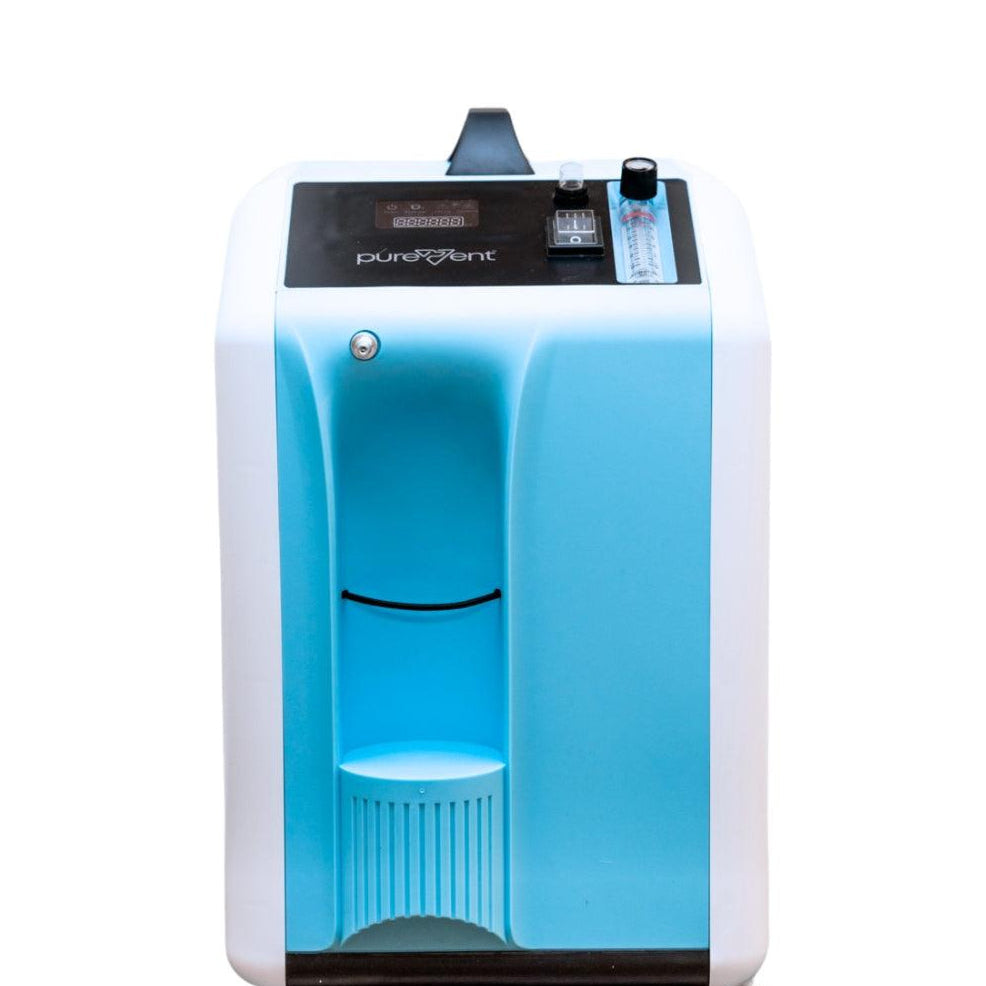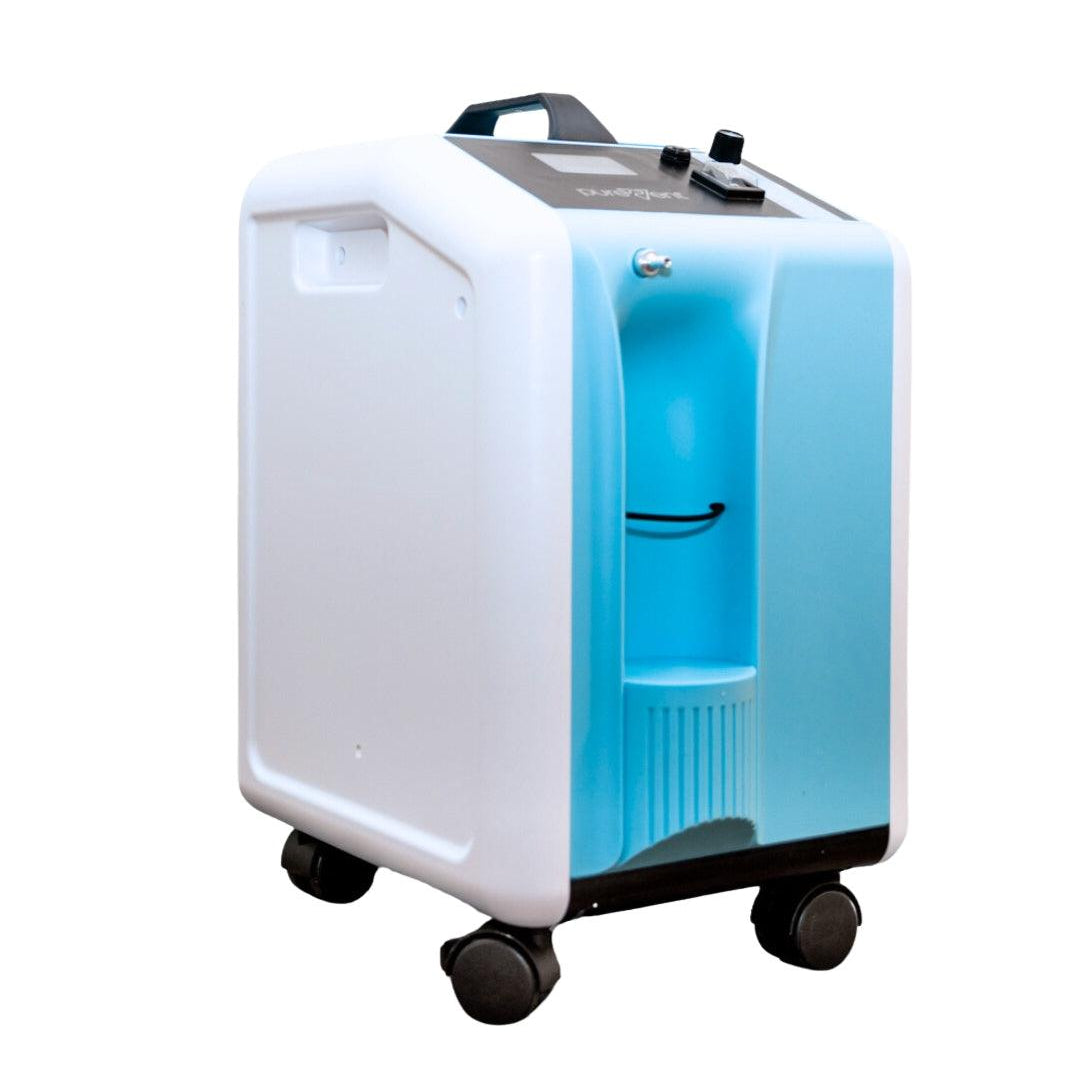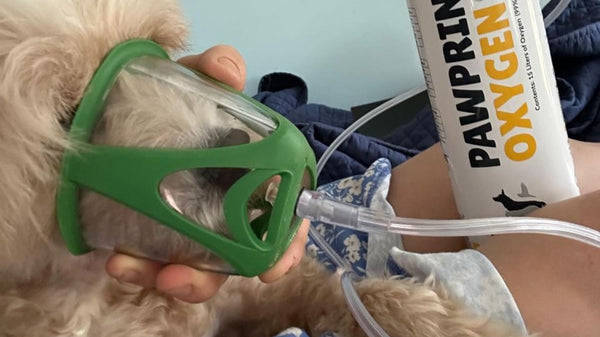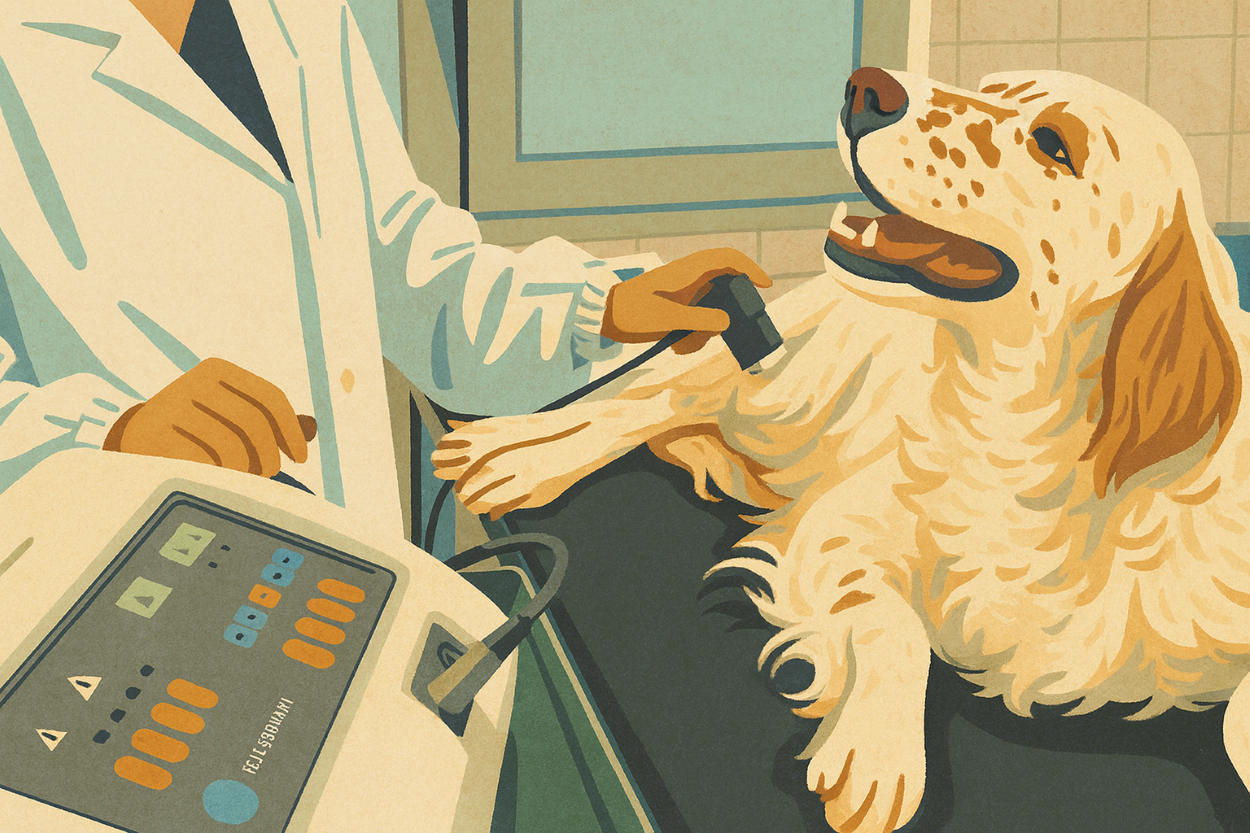Feline asthma is a chronic inflammatory airway disease commonly affecting cats, with treatments aimed at reducing inflammation, alleviating symptoms, and improving quality of life. Standard management includes medications such as inhaled or oral corticosteroids and bronchodilators, combined with environmental strategies like reducing allergens via HEPA filters, low-dust litter, and cleaning. In emergencies, oxygen therapy or epinephrine may be used for acute respiratory distress, while long-term control involves regular vet visits, monitoring, potential supplements, weight and stress management, and being prepared with medications and rescue oxygen to ensure your cat can live as comfortably as possible.
Table of Contents
Feline asthma, also called bronchial asthma, is a common respiratory problem in cats. This condition leads to recurring symptoms of wheezing and difficulty breathing. The disease affects about 10 percent of all cats. Feline asthma is caused by an allergen or irritant your cat was exposed to while breathing. This can be anything from dust or pollen outdoors to the material used on flea collars indoors. Symptoms of feline asthma will vary from case to case and may range from mild to severe, depending on the amount of contact with an allergen.
Symptoms of Feline Asthma
Coughing (which can look like gagging or vomiting)
Labored or rapid breathing
Cyanotic or pale gums
Belly breathing, rather than breathing through the chest'
Noisy or “wheezy” breathing
Lethargic or less energetic than usual
Is feline asthma a common condition in cats?
Yes, feline asthma is considered a relatively common condition in cats, affecting approximately 1-5% of the feline population. It is most frequently diagnosed in middle-aged cats, although cats of any age can develop the condition. Certain breeds, such as Siamese and Oriental breeds, may have a higher predisposition to asthma, suggesting a potential genetic component.
Can feline asthma be cured?
No, feline asthma cannot be cured. It is a chronic condition that requires ongoing management to control symptoms and prevent flare-ups. The goal of treatment is to minimize inflammation in the airways, reduce the frequency and severity of asthma attacks, and improve the cat’s quality of life. With proper management, many cats with asthma can live healthy, comfortable lives.
Can I adopt another pet if I have a cat with feline asthma?
Yes, you can adopt another pet if you have a cat with asthma, but it’s important to consider several factors to ensure the new pet won’t exacerbate your asthmatic cat’s condition. Cats with feline asthma are sensitive to environmental triggers, so careful planning is essential to create a harmonious and healthy environment for all pets. Prioritize compatibility, minimize allergens, and consult with your veterinarian for the best outcome.

Allergens That Can Trigger Feline Asthma
Feline asthma can be triggered by common allergens in your house and your cat's environment. Making sure your home is as allergen-free as possible will often lessen the severity of the respiratory inflammation that your cat will experience. Below is a list of common asthma-inducing allergens:
- Cigarette Smoke
- Dust
- Pollen
- Mildew
- Mold
- Cat Litter
- Household Cleaners
- Hairspray
- Scented Candles
- Oil Diffusers
- Air Fresheners
- Laundry Detergent
Although it might take some time, testing and eliminating common allergens might lead to discovering what is triggering for your pet. If you feel the issue is your cat's litter, for instance, you may want to try a different brand that contains altered ingredients. When cleaning their litter box, the chemicals used can even be an underlying cause of your feline asthma issues.
Diagnosing Feline Asthma
Ensuring that your feline friend receives medical attention at the very first signs of respiratory distress is imperative to their long-term health and safety. Cats with feline asthma can live long and healthy lives with proper treatment, but if you notice any of these symptoms take your pet to the vet immediately.
You should also make an appointment with your vet if your pet has experienced other tell-tale signs of feline asthma, even if they only appear intermittently over time. Although asthma is often a diagnosis your pet has to live with, if left untreated, can be fatal to your pet during an asthmatic episode.
Feline asthma is a top feline diagnosis and often lifelong condition facing cat owners today. Our Extended Oxygen Therapy Bundle for Pets up to 30lbs includes everything needed to administer oxygen at home for extended sessions. By adding a Portable Oxygen Kit for Cats, you'll be prepared for power outages, road trips, or transport to the vet when needed.
Our portable kits provide up to 90 minutes of support, while our oxygen concentrators can provide a limitless supply of oxygen to keep your furry friends as comfortable as possible.
Be prepared to treat respiratory distress episodes at the first sign and avoid costly repeat trips to the emergency room!
Testing for Feline Asthma with Your Veterinarian
Typically, your veterinarian will need to rule out underlying conditions in your cat to properly diagnose feline asthma. As there are a multitude of easily mistakable symptoms tied to this ailment, precautions must be taken to ensure the correct issue is being treated. Conditions with similar symptoms to feline asthma that often need to be ruled out first are:
- Feline Heartworm
- Cancer or Tumors
- Respiratory Infection
- Lung Worm
- Foreign Bodies
As other conditions are properly ruled out, your vet can take a fecal exam, chest x-ray, cell cultures, administer respiratory exams, or administer an allergy test to help narrow down the culprit. In most cases, even with a full workup and diagnostic efforts, one singular underlying cause of feline asthma often cannot be pinpointed.

Treatment Options for Feline Asthma
Feline asthma, a chronic inflammatory condition affecting the airways of cats, can range from mild to severe and often requires lifelong management. The primary goals of treatment are to reduce inflammation, control symptoms, and improve the cat's quality of life.
Here are the key treatment options:
1. Medications
-
Corticosteroids: These anti-inflammatory drugs are the cornerstone of asthma treatment. They can be administered in various forms:
- Inhaled Corticosteroids: Fluticasone (Flovent) is commonly used. Inhalers deliver medication directly to the lungs, minimizing systemic side effects.
- Oral Corticosteroids: Prednisolone is often prescribed for more severe cases or when inhalers are not practical.
- Injectable Corticosteroids: Long-acting injections (e.g., Depo-Medrol) may be used in some cases, but they have more systemic side effects and are less commonly recommended for long-term use.
-
Bronchodilators: These medications help to open the airways and make breathing easier. They are usually used in conjunction with corticosteroids.
- Inhaled Bronchodilators: Albuterol (Ventolin) can be administered using an inhaler or a nebulizer.
- Oral Bronchodilators: Terbutaline can be given orally but is less commonly used due to potential side effects.
2. Environmental Management
- Allergen Reduction: Identify and reduce exposure to potential allergens such as cigarette smoke, dust, mold, and pollen.
- Air Purifiers: Using HEPA air purifiers can help reduce airborne allergens.
- Cleaning: Regularly clean bedding, carpets, and upholstery to minimize dust and allergens.
- Litter Box: Use low-dust cat litter to reduce respiratory irritation.
3. Emergency Treatment
- Oxygen Therapy: In cases of severe respiratory distress, oxygen therapy can be administered at a veterinary clinic.
- Epinephrine: This may be used in life-threatening situations to open the airways rapidly.
4. Monitoring and Follow-up
- Regular Veterinary Visits : Regular check-ups are crucial to monitor the cat's condition and adjust treatment as needed.
- At-Home Monitoring : Owners should watch for signs of asthma flare-ups, such as coughing, wheezing, and labored breathing.
5. Alternative Therapies
- Nutritional Supplements : Omega-3 fatty acids may have anti-inflammatory properties that can help manage asthma symptoms.
- Acupuncture : Some cats may benefit from acupuncture, although scientific evidence is limited.
6. Lifestyle Changes
- Weight Management : Maintaining a healthy weight can reduce the severity of asthma symptoms.
- Stress Reduction : Minimizing stress through environmental enrichment and routine can help manage asthma.
Maintaining a Good Quality of Life with Feline Asthma
Feline asthma is rarely a curable condition and pets will often live with this issue for life. As a pet parent, you must remain diligent in monitoring your pet and their overall health. Ultimately, working to remove environmental triggers and lessen the extremity of these attacks will provide the best chance for a comfortable life.
Being on top of treatments and well-stocked with medications, inhalers, and emergency oxygen will ensure that your cat can live safely with the diagnosis of feline asthma.

